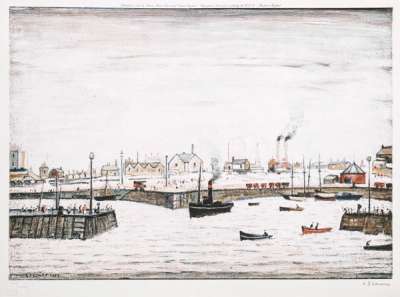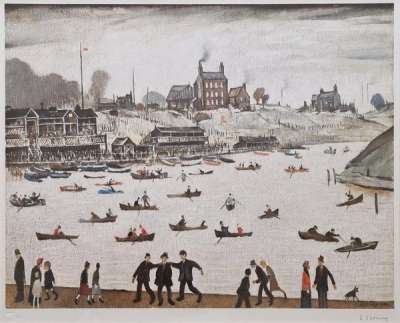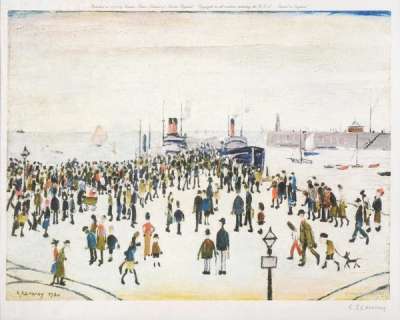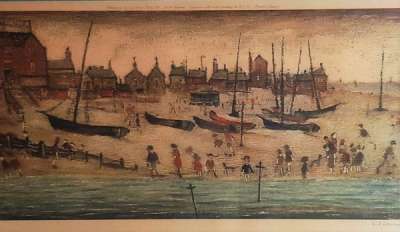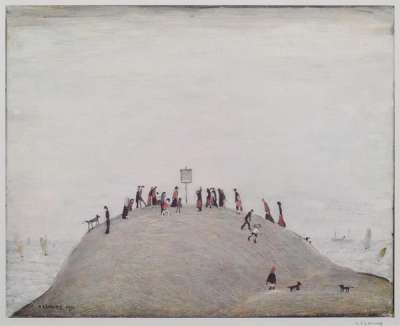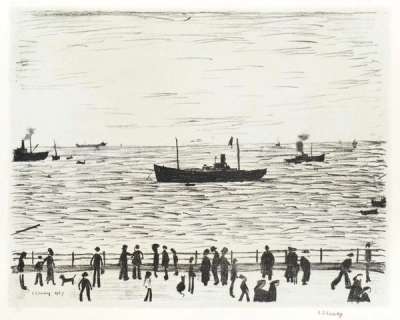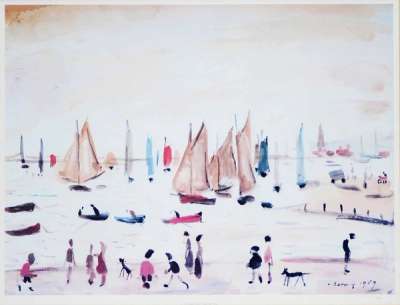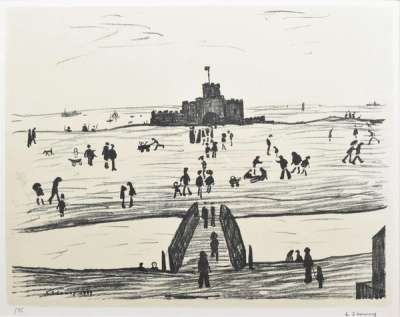
Sailing Boats
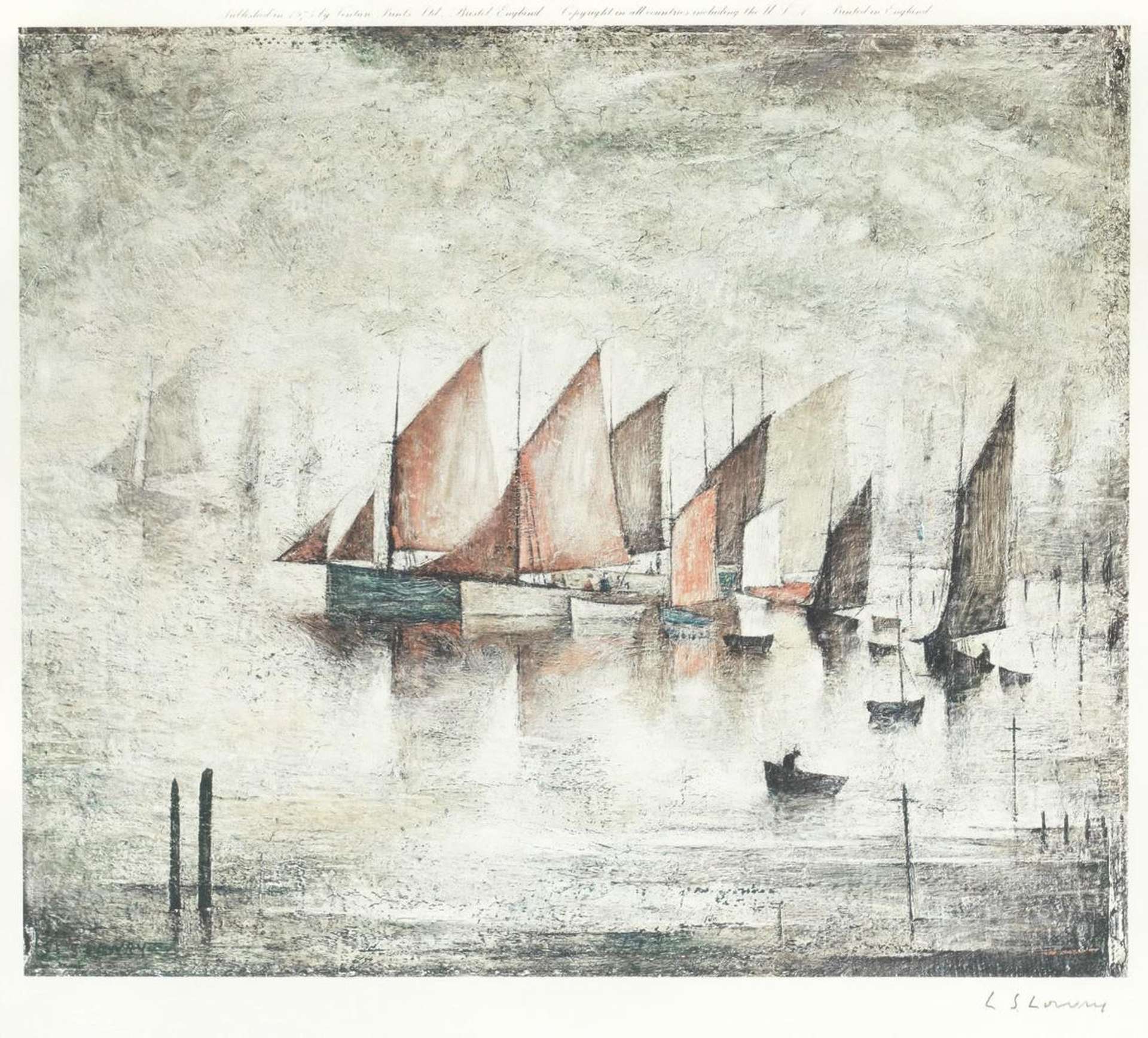
Sailing Boats
Signed Print
L S Lowry
£3,650-£5,500Value
Indicator
$7,000-$10,500 Value Indicator
$6,000-$9,500 Value Indicator
¥35,000-¥50,000 Value Indicator
€4,250-€6,500 Value Indicator
$35,000-$50,000 Value Indicator
¥690,000-¥1,050,000 Value Indicator
$4,600-$7,000 Value Indicator
AAGR (5 years) This estimate blends recent public auction records with our own private sale data and network demand.
There aren't enough data points on this work for a comprehensive result. Please speak to a specialist by making an enquiry.
Medium: Lithograph
Edition size: 850
Year: 1975
Size: H 29cm x W 34cm
Signed: Yes
Format: Signed Print
TradingFloor
MyPortfolio
Your collection tracked in real time.
Build your portfolio, manage valuations, view return against your collection and watch works you're looking for.
Track auction value trend
Auction Results
| Auction Date | Auction House | Artwork | Hammer Price | Return to Seller | Buyer Paid |
|---|---|---|---|---|---|
| November 2023 | Anderson & Garland - United Kingdom | Sailing Boats - Signed Print | |||
| August 2023 | Lyon & Turnbull Edinburgh - United Kingdom | Sailing Boats - Signed Print | |||
| February 2023 | Sworders - United Kingdom | Sailing Boats - Signed Print | |||
| October 2022 | Wilson55 - United Kingdom | Sailing Boats - Signed Print | |||
| September 2022 | Bonhams Knightsbridge - United Kingdom | Sailing Boats - Signed Print | |||
| May 2022 | Golding, Young & Mawer, The Lincoln Auction Rooms - United Kingdom | Sailing Boats - Signed Print | |||
| October 2021 | Duke's Auctioneers - United Kingdom | Sailing Boats - Signed Print |
Meaning & Analysis
Sailing Boats is an example of Lowry’s seaside paintings. His fondness of the subject matter of the sea seems to contrast starkly with his urban obsessions of poverty, smoke and bustle. Still, the air of pessimism was also present in Lowry’s maritime interest:
”I’ve always been fond of the sea. How wonderful it is, yet also how terrible. I often think... what if it suddenly changed its mind and didn't turn the tide — and came straight on? If it didn't stop and came on and on and on and on... That would be the end of it all.”
This sense of dread is indeed evoked by Sailing Boats - with a more swirling, Turneresque sky than his cityscapes, this simple picture carries more of a threat than some of the artist’s better-known urban works. The sublime power of nature is rawer in Lowry’s seascapes. Although his mills and houses are bleak, they are simpler in their composition with a more manageable presence. The repeated shapes created by the sails dwarf the figure in the foreground and all is enveloped in a swirling sky that merges without the sea, horizonless and imposing. An intriguing side-note to this work is that it is the only painting that Lowry’s mother ever praised.
